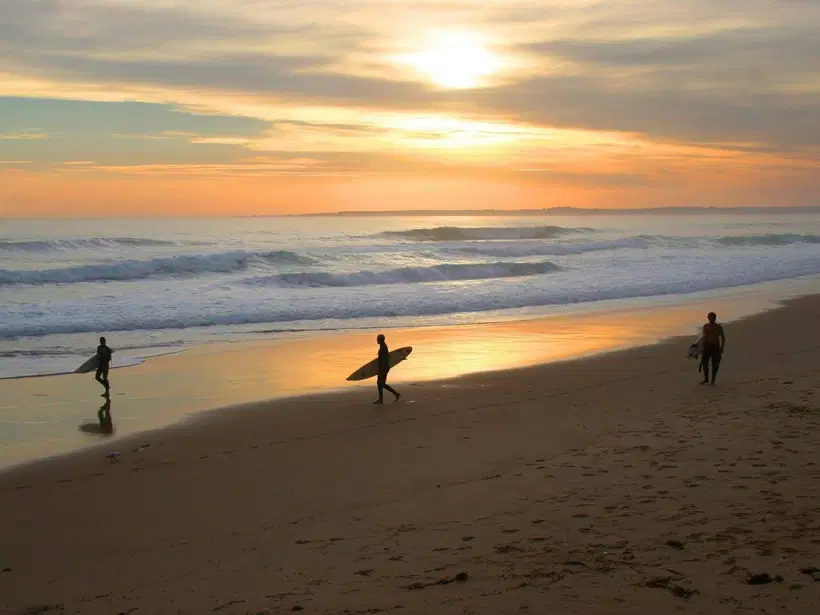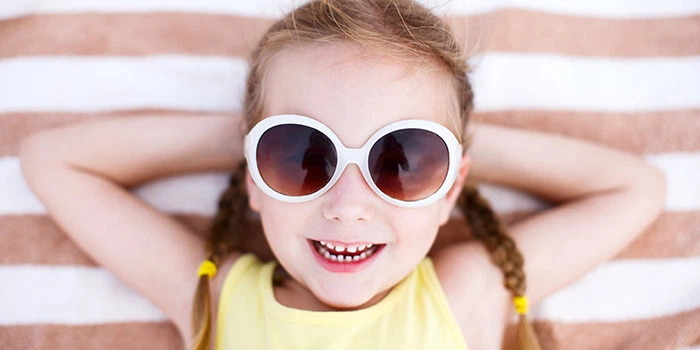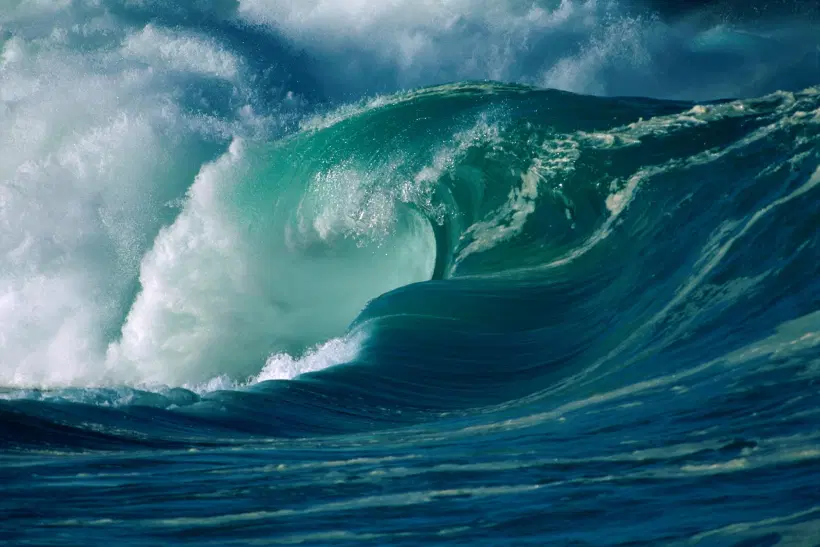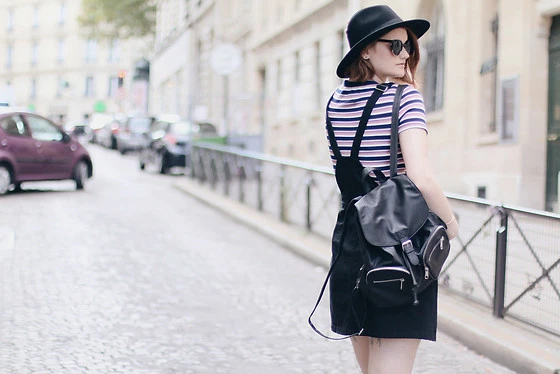
“You need to try this place”, said my hippie friend Sam, “it’s a vegan restaurant, it’s socially responsible and there are no prices on the menu!”. How is it possible? The staff is composed by volunteers, the food is partly donated, everybody is welcome to sit at the table and customers pay by donation according to how they feel and how much they can afford. Easy.
This is how I came across the wonderful world of Lentil as Anything, a big family that I’m happy to be part of.
Founded in 2000 by Shanaka Fernando, Lentil as Anything is a social experiment based on the idea that everyone deserves a place at the table. A pure principle of inclusion, meaning that you can enter the restaurant, sit close to anybody and feel welcome. No matter your social status, your background or your economic situation. No matter if you are broken, nerd, gay, fat, fit, vegan, breatharian, gluten intolerant, gluten addict, disable, anarchist, hippie, vip, homeless, crazy. Whatever, there’s a place for you.
In every tradition, eating represents a shared moment, when you sit with your peers, friends or family, spend time together, cook together, have a chat, relax, sometimes even argue. But our city lifestyle makes us far away and alone. You don’t usually sit at the same table with strangers, or talk to people from another table. But if you stop a second and think about it, it’s sad.
Coming from Sri Lanka and having travelled extensively in third world countries, Shanaka wanted everybody to be able to share a meal, stories, skills. Social justice, open mind, meaningful change. In 2000 he opened the first tiny cute restaurant in Melbourne St Kilda, and from there it’s history. Now there are three restaurants in Melbourne, one in Sydney and there are rumors of future openings around the world.
And it’s not only about food. It’s also community space, restaurant, cafe, workshop area, brainstorming studio, talent playground, personality development gym, network field, meeting place. You can find awesome vegan food with always different delicious recipes and high quality presentation, served by smiling volunteers in a friendly creative environment. You can read the weekly calendar or just pop into the workshop space and join an acro yoga class, learn how to do crochet, play with pencils and paint, listen to live music and much more. All run by volunteers, all paid by donation, all for fun.
It’s a place where you feel welcome, accepted for what you are, challenged to improve your skills, free to do let your personality flow. A place where you will meet amazing people, listen to stories that you couldn’t imagine, found synergies that you didn’t expect, maybe even change your life.
And it’s not-for-profit.




